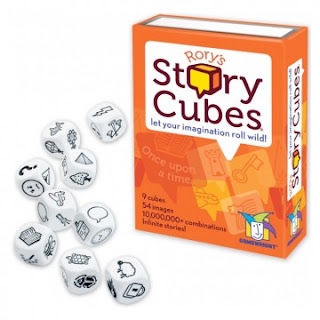I first heard about Speech Buddies at the 2010 ASHA convention. I thought it sounded like such a great idea, but could they really work??? Well, after using Speech Buddies for several weeks, I believe they really do work! I used the /r/ Speech Buddy with a 7 year old client who was not stimulable for /r/ before using speech buddies. His baseline data was 0% for /r/ in all positions. We used the /r/ probe throughout the first one hour session. One week later, the client achieved 60% accuracy for producing /r/ in all positions of syllables while using the /r/ Speech Buddy probe. Some increase is expected in the early weeks of therapy. However, a 0% to 60% increase is greater than I would normally expect to see.
How do Speech Buddies work? There is a probe for each sound. I used the /r/ probe which is pictured on the bottom left. You place the probe in the child's mouth and instruct them to unroll the coil while saying /r/. We practiced saying /r/ in syllables at first (ie. re, ray, rye, eerie, ear). After achieving success with /r/ in syllables, we tried to move to /r/ in words. It was difficult for the client to produce the entire word with the probe in his mouth. Instead, we started with /r/ syllables using the probe, moved to /r/ syllables without the probe, and then moved to /r/ in words. The probe offered enough tactile support to get us started and assisted with generalization of the "good /r/" into words. I have struggled for years to offer this type of support to students struggling with /r/ production.

Talk it up!
Ashley



.JPG)
.JPG)











